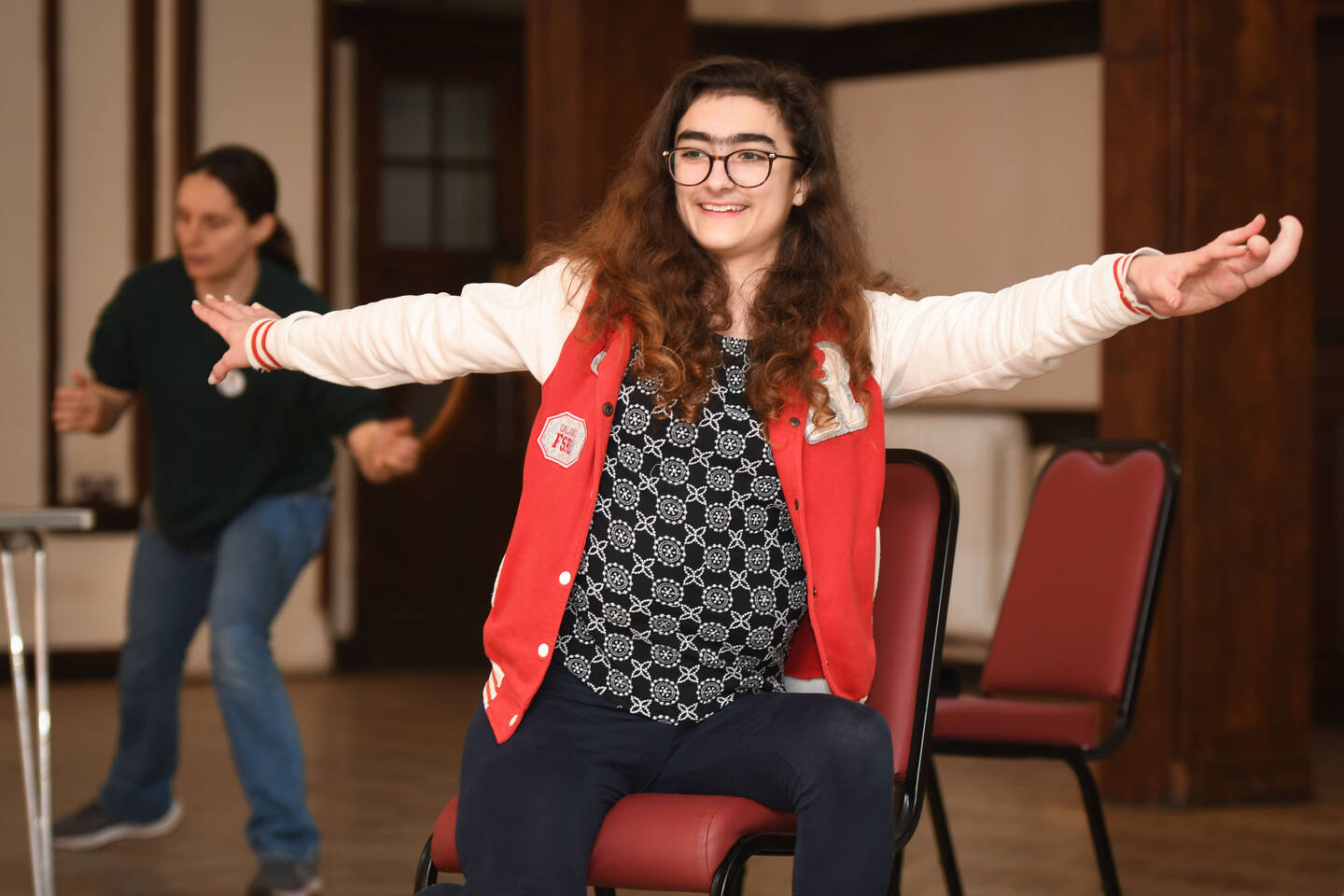Annual Survey: How demographics can affect disabled people’s activity
As part of National Inclusion Week, Activity Alliance has published two additional data reports based on findings from the fourth Annual Disability and Activity Survey.

The How disabled people’s demographic differences affect their activity report highlights how a range of demographic factors can affect how disabled people participate in and experience sport and physical activity. It takes an in-depth look at differences by gender, socioeconomic group, ethnicity, age and sexual orientation.
It also provides additional insight from our Get Out Get Active programme partners who have experience of delivering activity to specific groups of disabled people. As the leading voice for disabled people in sport and physical activity we ask that everyone recognise that disabled people have diverse backgrounds and are part of every community. It is important to understand how disabled people access and use your facilities and sessions, and what other social factors may lead to exclusion.
Disabled people in the UK
- 26% of women and 22% of men are disabled. This represents 8.7 million disabled women and 7.3 million disabled men.
- 11% of children, 23% of working-age adults and 45% of state pension age adults are disabled.
- Nearly a third of the adult population in England — around 12 million people – are in a lower socioeconomic group. Disabled people are twice as likely as non-disabled people to experience poverty.
Within this report we have developed a series of insight-led asks. These are ways that sport and activity organisations can embed inclusive practice and make their sport and physical activity opportunities more accessible for all disabled people.
Some select asks include:
- Age is an important consideration when delivering activity to disabled people. For younger people, mental health and representation is crucial – encourage confidence and show you listen to every youth voice.
- Include disabled women by creating non-judgemental and supportive environments, with reassuring information and advice. Promote how being active can tackle loneliness and improve wellbeing.
- Reflect the diversity of disabled people with different sexual identities in marketing and campaigns, and make sure inclusive approaches are welcoming for gay, lesbian, and bisexual people.
- Represent disabled people among people with ethnic diverse backgrounds in sport and physical activity, and appeal with initiatives to improve mental and physical health.
- Work to engage with and represent people from different social backgrounds; provide additional motivation and empathetic support, as well lower cost activities and more choice of session times.
- For older people, show you understand concerns about fitness and risk, the impact of the pandemic, and the need to adapt activities to suit .
Click here to read the full demographic report and recommendations.
Our Research and Insight team lead the way in gathering insight on disabled people in sport and activity.
Visit our Annual Survey webpage to view our full Annual Disability and Activity Survey report, executive summary, and accessible formats.
Please contact our research team to discuss how to access, interpret and use the data. Email research@activityalliance.org.uk or call 01509 227750.